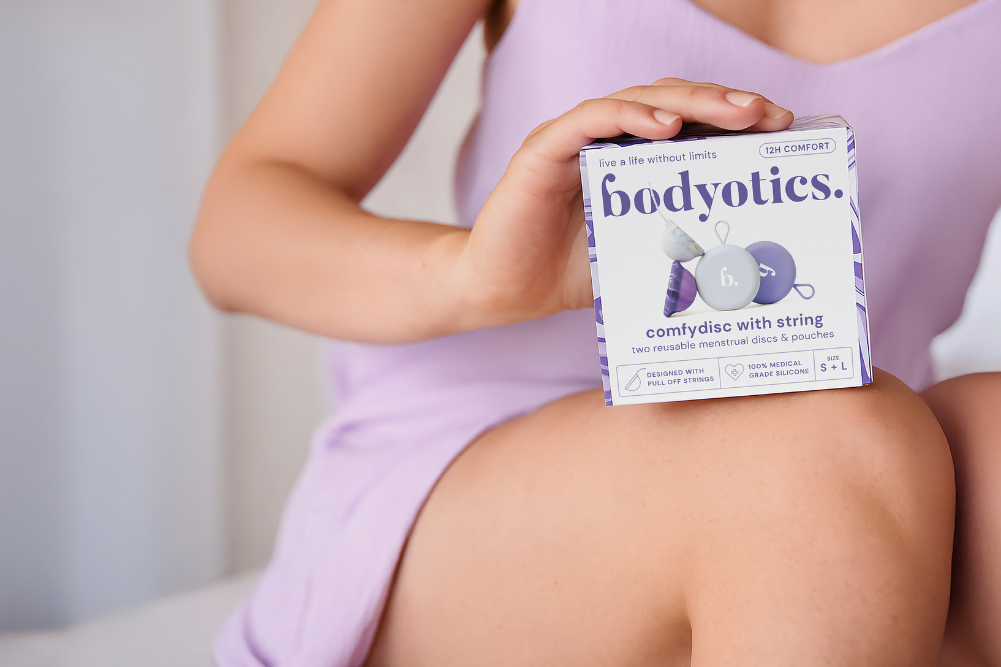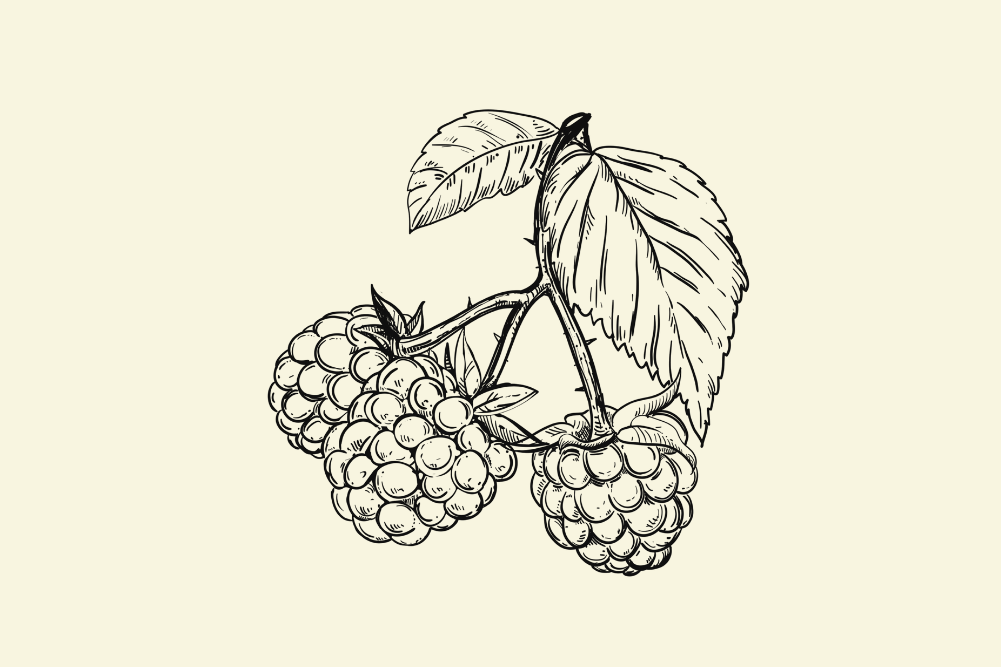Grapes and oranges for diabetes
Aristotle made some rather pithy observations such as, “The roots of education are bitter, but the fruit is sweet”, “It is the mark of an educated mind to be able to entertain a thought without accepting it”, and “The aim of art is not to represent the outward appearance of things, but their inward significance”. There is no Aristotlean observation though that can claim to outweigh his insight that, “The whole is greater than the sum of its parts”. This truth applies everywhere; it applies to your body, to the planet and to the Universe. It is true because the parts of anything interact and produce greater effects in so doing. This principle has been shown again in a new study showing that two compounds, one from grapes and the other from oranges, interact with each other to produce an effect that may help with one of the health challenges of our time: diabetes.
In the new study, researchers investigated the effects of a compound from grapes called trans-resveratrol (tRES) and a compound from oranges called hesperetin (HESP). In laboratory tests using cell cultures they found that in combination tRES and HESP increase the expression of glyoxalase’1 (Glo1), which is an enzyme that neutralises a compound called methylgloxal (MG). This MG is critical to sugar’s harmful effects in the body as a combination of high MG levels and a high kilojoule diet will cause insulin resistance that can lead to type 2 diabetes. MG also damages blood vessels and can increase cholesterol levels.
The results showed that subjects with a BMI of more than 27.5 had increased Glo1 activity, reduced insulin levels, increased insulin sensitivity, better artery function and reduced blood vessel inflammation. A placebo group received no such results.
As a follow-up, the researchers gave a combination tRES-HESP pill to adults aged 18-80 with a BMI between 25 and 40, in the overweight or obese range. Subjects in this study were given the two fruit compounds in the form of a supplement that was taken once a day for eight weeks. During the study, subjects maintained their normal diets and did not begin any additional exercise. Blood samples were taken regularly during the eight weeks and artery wall flexibility (a measure of artery health) was also measured.
The results showed that subjects with a BMI of more than 27.5 had increased Glo1 activity, reduced insulin levels, increased insulin sensitivity, better artery function and reduced blood vessel inflammation.
A placebo group received no such results.
The levels of tRES and HESP used in the study are higher than you could realistically take by eating grapes and oranges but it is a promising lead for dealing with obesity and diabetes and, in the meantime, some oranges and grapes for snacks won’t hurt.








